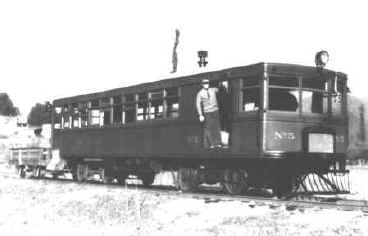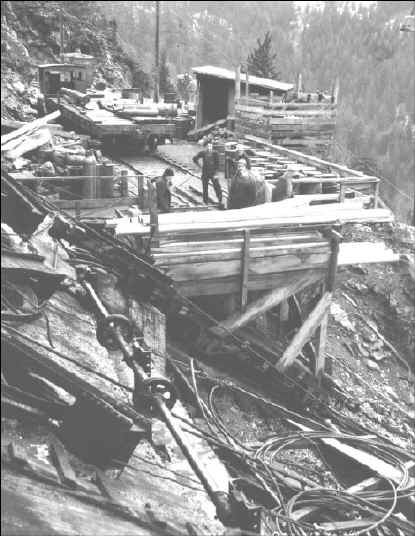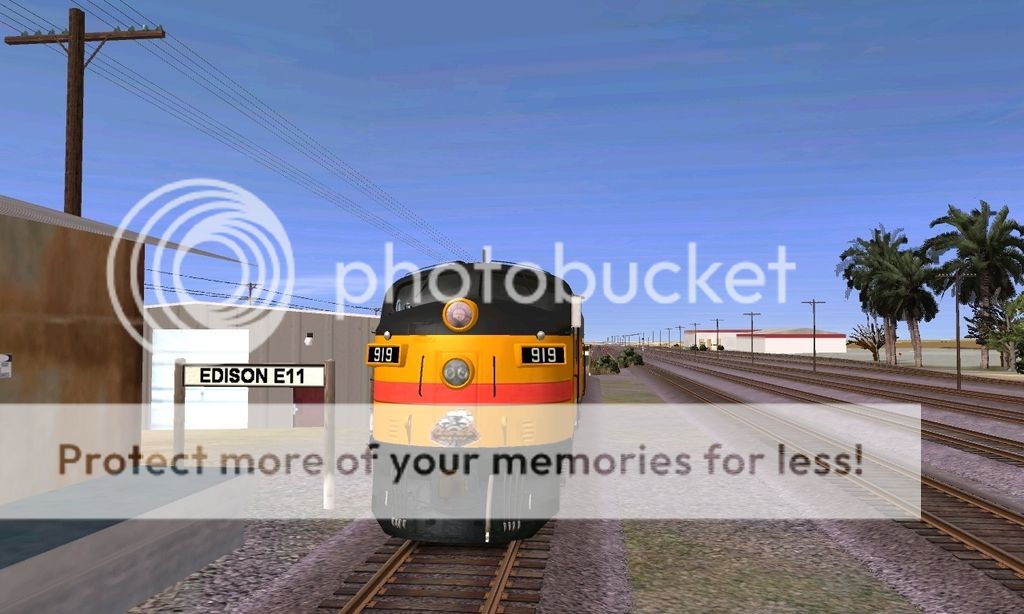IvanSokolov
New member
Another hotshot, made in process of testing and adjustments.
To be done:
-fine-tuning of covering mesh textures
-new coupler and side-view mirror meshes
-marker lights, beacon light

To be done:
-fine-tuning of covering mesh textures
-new coupler and side-view mirror meshes
-marker lights, beacon light

Last edited:













